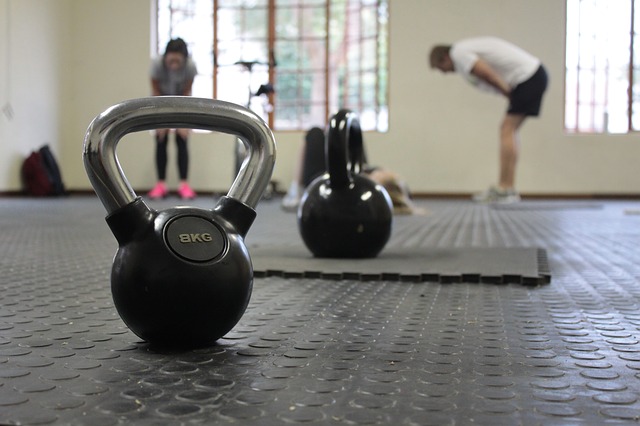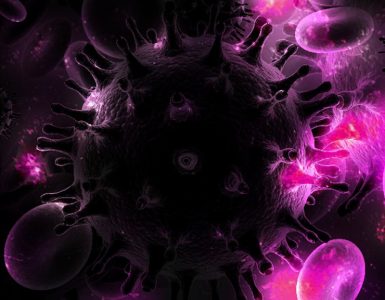This advice is for every person, be it an athlete or a normal person involved in a workout or exercise. The strategy of innate thirst mechanism to guide fluid consumption is a strategy that helps to limit drinking in excess and develop hyponatremia while providing sufficient fluid to prevent excessive dehydration. The panel explained that if the amount of water is higher than the amount the body can expel through urine and sweating, then the body’s sodium levels begin to dilute. These sodium levels are very important as they helps the human body regulate the internal systems.
It can happen to anybody and the experts pointed out that if someone undergoes EAH, the common symptoms that the person shows include headache, confusion, seizures, and vomiting. These are the symptoms that come from the brain and are a direct result of the body’s incapability of handling the changes in the water content.
However, so far there have been no early signs of EAH. The symptoms of EAH do not show until the body is already experiencing it and in some cases EAH might prove to be fatal resulting in death. The Consensus panel had decided to reassess the causes after there were two deaths of high school football players in 2014 due to EAH. Instances of EAH have been observed during endurance competitions including marathons, triathlons, canoe races, swimming and military exercises.
Dr. Tamara Hew-Butler, author of the report, said, “Our major goal was to re-educate the public on the hazards of drinking beyond thirst during exercise. The safest individualized hydration strategy before, during and immediately following exercise is to drink palatable fluids when thirsty”.






















